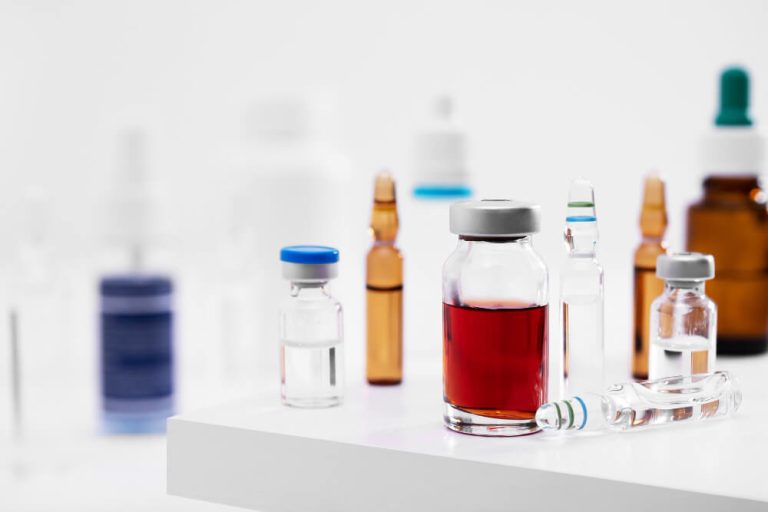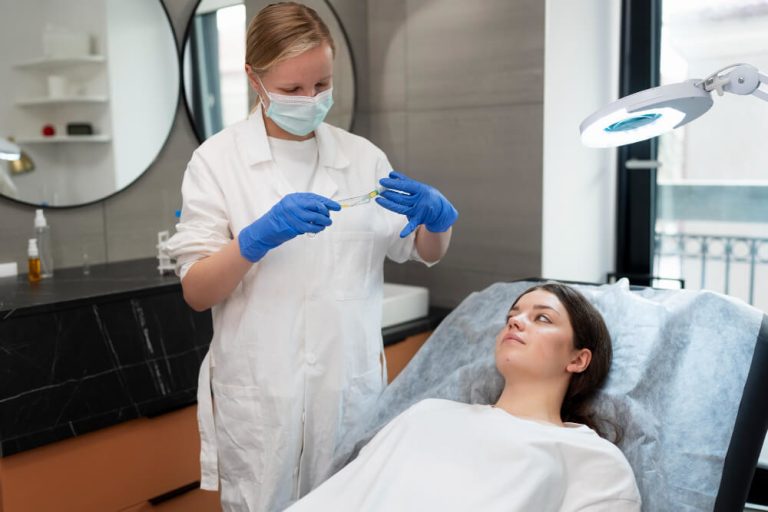Regenerative Medicine: Unlocking Your Body’s Innate Healing Potential
Imagine a form of medicine that doesn’t just mask symptoms or manage chronic conditions, but instead works to repair and restore damaged tissues from within. This isn’t science fiction; it’s the core principle of a rapidly advancing field that is changing how we approach health and longevity. This revolutionary approach seeks to harness and amplify the body’s own remarkable ability to heal itself, offering new hope for a wide range of conditions that were once considered untreatable.
At its heart, this discipline is about regeneration. It’s a branch of medical science focused on developing methods to regrow, repair, or replace diseased, damaged, or defective cells, tissues, or organs. By tapping into the body’s fundamental repair mechanisms, regenerative medicine is pioneering treatments that aim to restore normal function and structure, moving beyond simple symptom management to address the root causes of disease and injury.
This paradigm shift represents one of the most exciting frontiers in modern healthcare. It offers a future where the focus is on rebuilding and renewing, rather than just patching up problems. For patients, this could mean recovering from injuries faster, slowing the progression of degenerative diseases, and achieving a higher quality of life for longer.

What is the fundamental idea behind regenerative medicine?
The foundational concept of regenerative medicine is elegantly simple yet profoundly powerful. It is built on the understanding that our bodies possess an inherent, lifelong capacity for self-repair. From a small cut that scabs over and heals to a broken bone that knits itself back together, this regenerative drive is constantly at work. This field of medicine aims to understand, harness, and enhance these natural processes.
Unlike many conventional medical treatments that focus on alleviating symptoms, regenerative therapies target the underlying source of the problem. Think of it like gardening. A traditional approach might be to repeatedly pull the weeds that pop up, while a regenerative approach focuses on improving the health of the soil itself, making it less hospitable for weeds to grow in the first place. It’s about creating an environment within the body that fosters healing and restoration.
This involves a diverse toolkit of strategies, including introducing new, healthy cells to a damaged area, using natural biological signals to stimulate repair, or providing a scaffold for new tissue to grow upon. The ultimate goal is to help the body do what it was designed to do, only better, faster, and more completely, leading to lasting functional recovery.

How does the body naturally heal itself?
To appreciate how regenerative therapies work, it’s helpful to understand the body’s own healing cascade. When you sustain an injury, your body initiates a complex and highly coordinated response. The first phase is inflammation, where blood flow increases to the area, bringing with it specialized cells to clear out debris and fight potential infection. While often seen as a negative, this initial inflammation is a critical signal that kicks off the repair process.
Following inflammation, the proliferative phase begins. Here, the body starts to rebuild. Cells called fibroblasts arrive to lay down a new extracellular matrix, which is like a scaffold made of collagen. New blood vessels form to supply the healing tissue with oxygen and nutrients. This is where the body’s own repair crews, including stem cells and other signaling molecules, get to work rebuilding what was lost.
The final stage is maturation or remodeling. Over weeks, months, or even years, the newly formed tissue is reorganized and strengthened, gradually restoring its original function and structure. Regenerative medicine intervenes at key points in this process, providing a concentrated boost of the specific cells or signals needed to optimize and accelerate this natural healing journey.

What are the most common types of regenerative therapies?
The field of regenerative medicine is broad, encompassing several distinct but often complementary approaches. These therapies can be broadly categorized into a few main types, each utilizing a different mechanism to promote healing and restoration. The most well-known are cell-based therapies, which involve introducing specific types of cells into the body.
Another major category is tissue engineering, which combines cells with scaffolds or biomaterials to create functional tissues in a lab that can then be implanted into the body. This approach holds promise for creating everything from skin grafts to entire organs. Finally, therapies based on biological signaling molecules, like growth factors, use the body’s own communication system to direct and enhance the repair process without introducing new cells.

Can you explain stem cell therapy?
Stem cell therapy is perhaps the most famous type of regenerative treatment. Stem cells are unique because they are ‘undifferentiated’, meaning they have not yet become a specific type of cell like a skin cell, muscle cell, or nerve cell. This gives them the remarkable ability to transform, or differentiate, into many different cell types needed by the body.
They also act as the body’s internal repair system. When tissues are damaged, stem cells can be recruited to the site of injury. There, they can help reduce inflammation, signal other cells to get to work, and in some cases, differentiate to replace the cells that were damaged or lost. This potential makes them a powerful tool for treating degenerative conditions like arthritis or for repairing injured tissues.
For therapeutic use, adult stem cells are most commonly used, particularly mesenchymal stem cells (MSCs). These can be harvested from a patient’s own body, typically from sources like bone marrow or adipose (fat) tissue. Using the patient’s own cells, known as an autologous transplant, minimizes the risk of rejection and is a common practice in modern regenerative clinics.
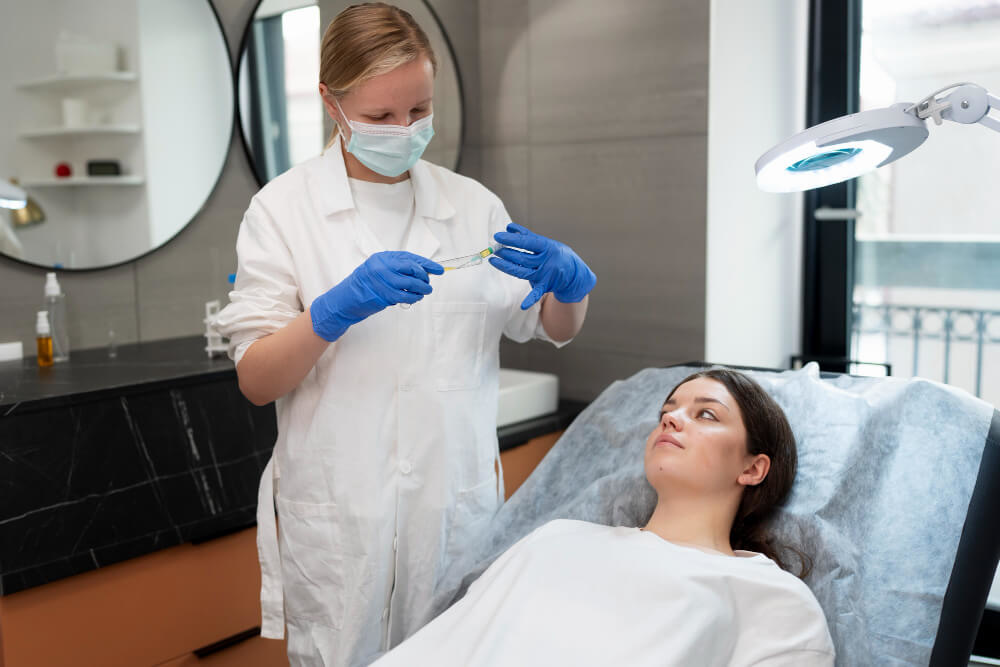
What is Platelet-Rich Plasma (PRP) therapy?
Platelet-Rich Plasma, or PRP, is another cornerstone of regenerative medicine that utilizes the body’s own healing components. The therapy begins with a simple blood draw from the patient. This blood is then placed in a centrifuge, a machine that spins at high speed to separate the blood into its different components: red blood cells, white blood cells, plasma, and platelets.
The key ingredient is the platelets. These tiny cell fragments are best known for their role in blood clotting, but they are also rich reservoirs of hundreds of proteins called growth factors. These growth factors are powerful signaling molecules that play a crucial role in the healing cascade. They attract stem cells to an area, stimulate tissue growth, and promote the formation of new blood vessels.
By concentrating these platelets in a small volume of plasma and injecting this PRP solution directly into an injured area, such as a knee joint with arthritis or a damaged tendon, clinicians can deliver a potent dose of natural healing signals right where they are needed most. The success of the treatment often depends on meticulous preparation, which is why standardized protocols for preparing and administering Platelet-Rich Plasma are so critical for achieving consistent and effective patient outcomes.

What about other promising treatments like exosome therapy?
Beyond stem cells and PRP, researchers are exploring even more nuanced ways to direct the body’s healing processes. One of the most exciting areas is exosome therapy. Exosomes are not cells; they are microscopic vesicles, or tiny sacs, that are released by cells, including stem cells. Think of them as the mail carriers of the cellular world.
These vesicles are packed with important cargo, including proteins, lipids, and genetic material like messenger RNA (mRNA) and micro RNA (miRNA). They travel from one cell to another, delivering these instructions and influencing the behavior of the recipient cell. Stem cells, for example, release exosomes that carry powerful regenerative signals.
Exosome therapy involves isolating these powerful messengers and using them to promote healing. Because they are so small and are not cells themselves, they may offer certain advantages, such as a lower risk of immune response and the ability to travel to areas of the body that larger cells cannot reach. This therapy represents the cutting edge of cell-free regenerative medicine, focusing on harnessing the pure signaling power of stem cells.

Where is regenerative medicine being used today?
While some applications are still in the research phase, many regenerative therapies have moved into clinical practice and are being used to treat a variety of conditions, improving patient function and quality of life. The applications span multiple medical specialties, from orthopedics to dermatology and beyond.

Can it help with joint pain and orthopedic issues?
Orthopedics is one of the fields where regenerative medicine has made its most significant impact. Millions of people suffer from chronic pain due to conditions like osteoarthritis, tendonitis, and ligament sprains. Traditional treatments often involve pain medication, physical therapy, or eventually, invasive surgery like joint replacement.
Regenerative options like PRP and stem cell injections offer a minimally invasive alternative. When injected into an arthritic joint, for instance, these therapies can help decrease the chronic inflammation that causes pain and stiffness. More importantly, the growth factors and signaling molecules can stimulate the repair of damaged cartilage and surrounding tissues, addressing the root cause of the problem and potentially slowing disease progression. Athletes and active individuals also turn to these treatments to accelerate recovery from sports injuries like tennis elbow, rotator cuff tears, and Achilles tendonitis.

Is there a role for regeneration in aesthetics and anti-aging?
Yes, the principles of regeneration are also being applied with great success in the fields of aesthetics and anti-aging medicine. The goal here is to repair and rejuvenate tissues that have been damaged by time and environmental factors. Skin, for example, loses collagen and elasticity as we age, leading to wrinkles and a loss of vitality.
Treatments like the ‘vampire facial’ combine microneedling with the application of PRP. The microneedling creates tiny micro-injuries that stimulate a healing response, and the PRP provides a concentrated boost of growth factors to supercharge collagen production, resulting in smoother, firmer, and more youthful-looking skin. PRP is also used as a natural treatment for hair loss, where injections into the scalp can stimulate dormant hair follicles to begin growing again.
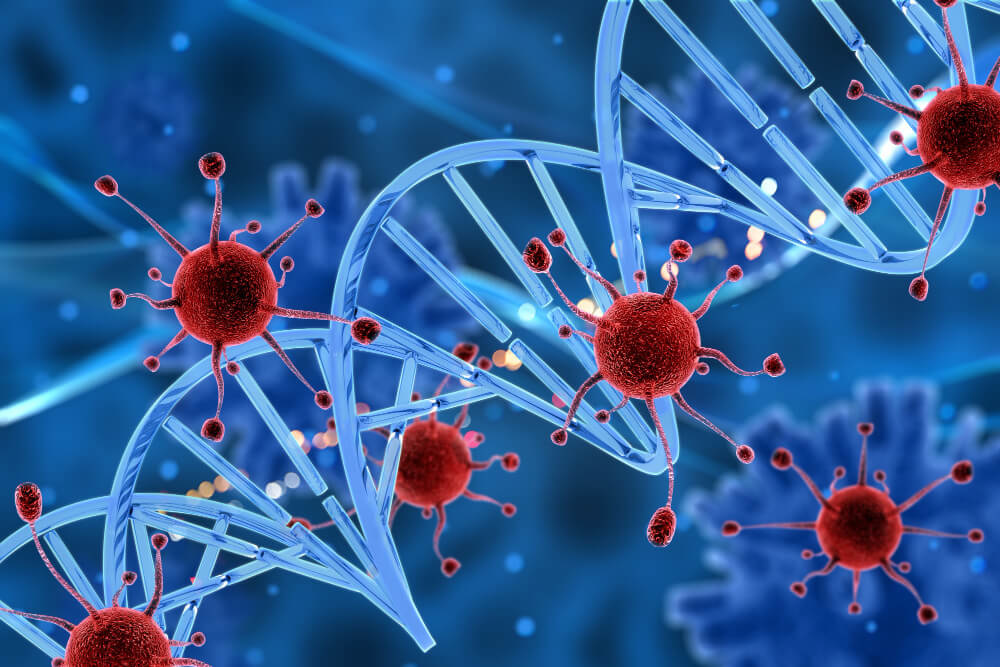
What about more complex conditions?
While orthopedics and aesthetics are common applications, the ultimate promise of regenerative medicine extends to some of the most challenging diseases we face. Researchers are actively investigating its potential for a wide range of complex conditions. This includes cardiovascular disease, with studies exploring how stem cells might repair heart muscle damaged by a heart attack.
In neurology, there is intense research into using regenerative approaches for neurodegenerative disorders like Parkinson’s and multiple sclerosis. The hope is that these therapies could help protect existing neurons from damage and perhaps even replace those that have been lost. Similarly, for autoimmune diseases, the anti-inflammatory and immune-modulating properties of certain stem cells are being studied as a way to rebalance the immune system and reduce its attack on the body’s own tissues. Many of these applications remain investigational but represent the incredible future potential of the field.

What should someone expect from a regenerative treatment?
The patient journey for a regenerative procedure is typically very different from that of a major surgery. It usually begins with a thorough consultation and evaluation with a qualified physician. This includes a detailed medical history, physical exam, and often imaging like an MRI or ultrasound to precisely identify the area and extent of the damage.
If the patient is a good candidate, the procedure itself is often performed in an outpatient clinic setting and is minimally invasive. For a PRP treatment, it involves a blood draw and the injection, a process that might take about an hour. For a stem cell procedure using the patient’s own tissue, it involves a harvesting step, such as a mini-liposuction to collect fat, followed by processing of the tissue and the injection.
It is crucial for patients to have realistic expectations about the timeline for results. Unlike a steroid injection that provides rapid but temporary relief, regenerative therapies work by stimulating the body’s own, slower repair processes. It can take several weeks to months to experience the full benefits as the tissues gradually heal and remodel. Follow-up appointments are important to monitor progress and determine if additional treatments are needed.
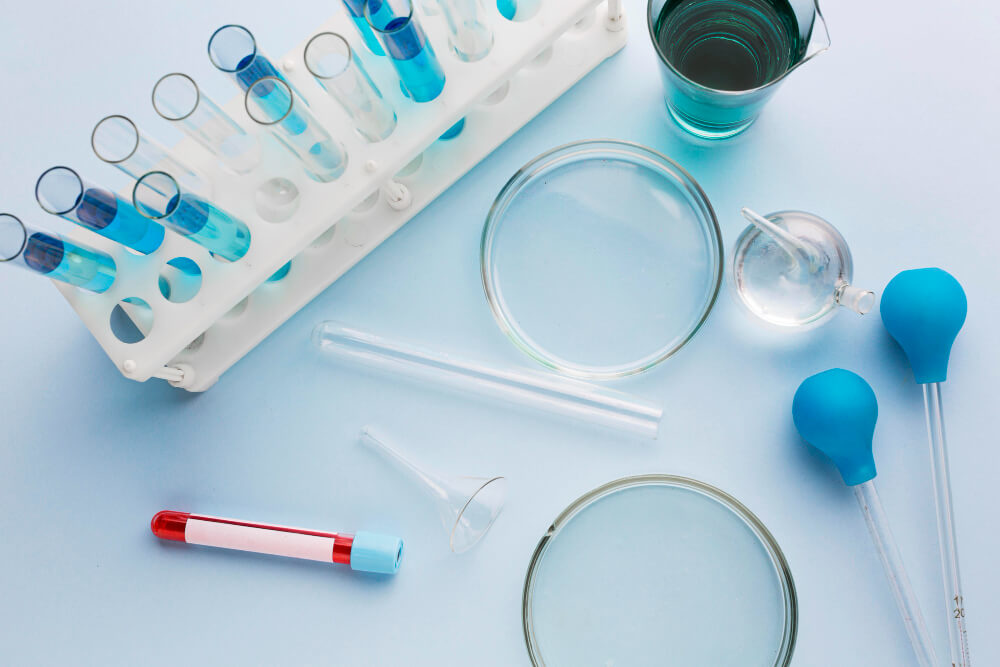
Is regenerative medicine safe and regulated?
As with any medical field, especially one that is evolving so quickly, questions of safety and regulation are paramount. When performed by qualified professionals using proper protocols, many common regenerative procedures, like PRP and autologous stem cell therapies, have a strong safety profile. Because these treatments use the patient’s own biological materials, the risk of rejection or allergic reaction is virtually eliminated.
However, the regulatory environment can be complex. In the United States, the Food and Drug Administration (FDA) oversees these therapies. The rules can differ based on how the cells or tissues are processed. For example, a treatment using a patient’s own cells that are only minimally manipulated is generally regulated differently than a product that is extensively processed or combined with other drugs or devices. Understanding the legal and regulatory landscape of regenerative products is essential for both patients and practitioners to ensure compliance and safety.
This regulatory scrutiny extends to related longevity treatments as well. For instance, therapies that support cellular health, such as intravenous nutrient infusions, also have specific guidelines. Navigating the legal and regulatory status of IV NAD treatment and other similar protocols requires specialized knowledge. This is why it is so important for patients to seek out reputable clinics and for practitioners to stay informed about the current rules.

What does the future hold for regenerative medicine?
The future of regenerative medicine is incredibly bright, with innovations on the horizon that could redefine healthcare as we know it. Scientists are pushing the boundaries of what’s possible. One of the most futuristic areas is 3D bioprinting, where researchers are learning to ‘print’ layers of cells and biomaterials to construct complex tissues and even entire organs for transplantation, which could one day solve the organ donor shortage.
Advances in gene-editing technologies like CRISPR are also converging with regenerative medicine. This could allow scientists to correct genetic defects in a patient’s cells before they are used for therapy, opening the door to treating inherited diseases. The overarching trend is toward greater personalization, where treatments will be precisely tailored to an individual’s unique genetic makeup, condition, and biological needs.
As our understanding of cellular biology deepens, we will likely discover new types of cells, new signaling molecules, and new ways to orchestrate the body’s healing response with unprecedented precision. The field is moving toward not just repairing damage but actively rejuvenating tissues to prevent age-related decline, making it a central pillar of proactive, longevity-focused medicine.

How can healthcare professionals get involved in this field?
For healthcare professionals inspired by the potential of regenerative medicine, there are now more opportunities than ever to get involved. This is a field that requires continuous learning, as the science and clinical best practices are constantly evolving. Engaging with dedicated educational programs is the first and most critical step for any clinician looking to add these therapies to their practice.
Specialized training organizations offer hands-on courses and certification. For example, the Academy of Regenerative Practices provides comprehensive training for physicians and other healthcare providers who want to master these techniques. Attending major industry conferences is also invaluable for staying on the cutting edge and networking with pioneers in the field. The annual World Stem Cell Summit is a premier event that brings together top researchers, clinicians, and policymakers from around the globe.
For those seeking more formal academic credentials, many universities now offer continuing medical education. The Boston University CME program in regenerative medicine is an excellent example of a university-backed curriculum designed for practicing clinicians. Furthermore, government institutions provide valuable resources for professionals. The National Institutes of Health, a leader in biomedical research, offers information on its NIH Stem Cell unit to support the professional development of the next generation of regenerative medicine experts.
Frequently Asked Questions
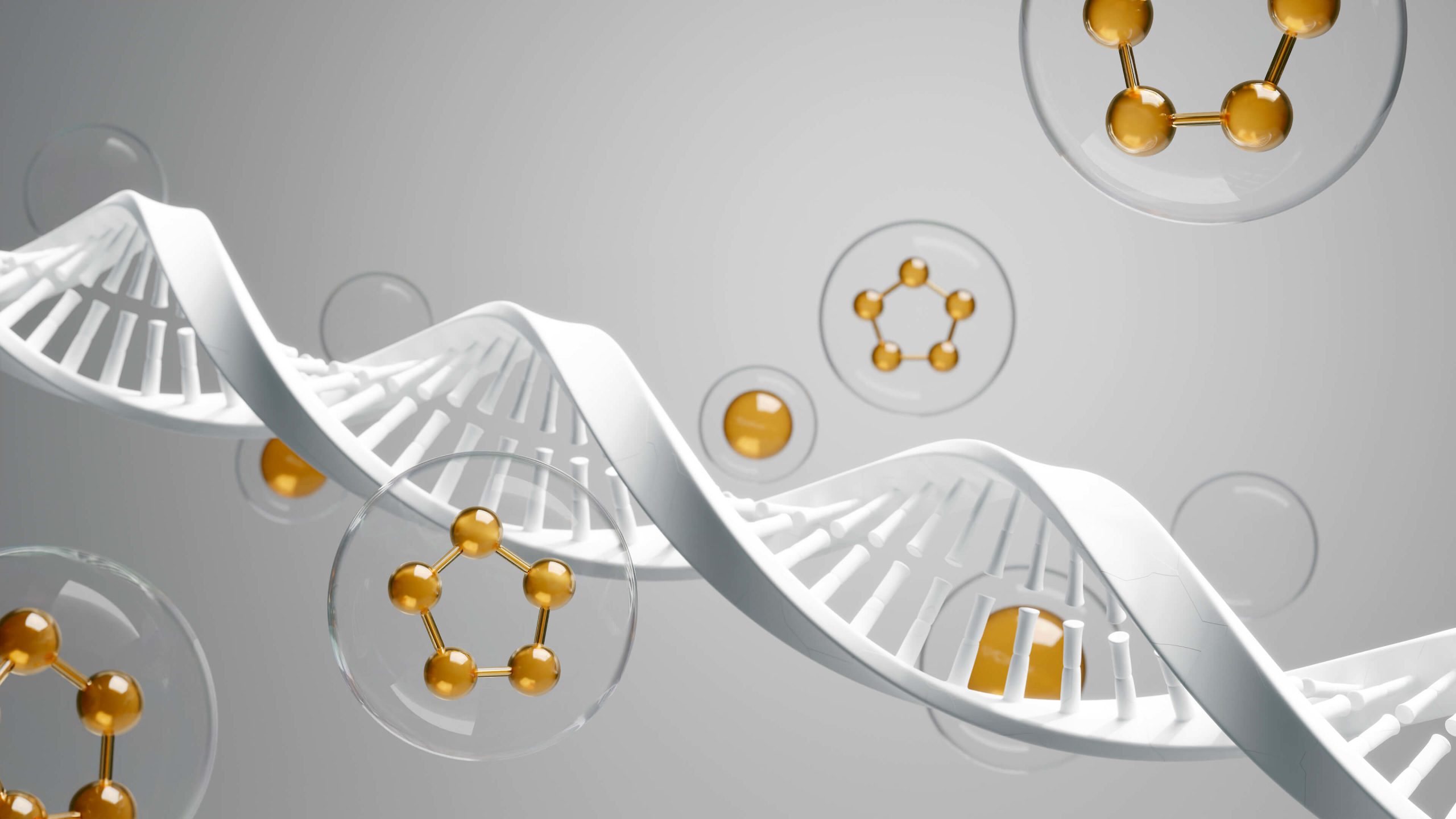
How do I determine which of these regenerative treatments is right for my specific orthopedic condition?
The ideal treatment is highly dependent on your specific diagnosis, the severity of the injury, and your overall health profile. For instance, Platelet-Rich Plasma (PRP) is often a first-line regenerative option for milder conditions like tendonitis or early-stage osteoarthritis, as its growth factors effectively signal the body’s local repair mechanisms. A comprehensive evaluation by a qualified orthopedic specialist, including imaging and a physical exam, is the critical first step to creating a personalized treatment plan.
For more advanced degenerative conditions or significant tissue damage, Mesenchymal Stem Cells (MSCs) or exosomes may be more appropriate. MSCs offer the ability to differentiate into new tissue and provide robust, long-term anti-inflammatory effects. Exosomes deliver a concentrated payload of regenerative signals directly to target cells without introducing whole cells, making them a powerful option for modulating inflammation and promoting tissue repair in complex cases.

Are there significant differences in the recovery time and treatment process for PRP, MSCs, and exosomes?
While all three therapies are administered via minimally invasive injections, the sourcing and preparation process varies significantly. PRP is the most straightforward, involving a simple blood draw from the patient, which is then processed in a centrifuge and injected during the same appointment. MSC therapy is more involved, as it requires harvesting cells from the patient’s own bone marrow or adipose tissue, which is a separate, more complex procedure before the cells can be prepared for injection.
Post-injection recovery protocols are broadly similar, usually involving a short period of rest followed by a structured physical therapy program to optimize results. However, because exosomes are a refined, cell-free product, some clinicians report a faster reduction in initial post-injection inflammation compared to cell-based therapies. Ultimately, your physician will provide a specific rehabilitation timeline based on the chosen therapy and your body’s individual response.

Why are exosomes considered "cell-free," and what are the practical benefits of this?
Exosomes are classified as "cell-free" because they are not living cells but are microscopic vesicles that are naturally released by cells, particularly Mesenchymal Stem Cells. Think of them as tiny messengers that transport crucial regenerative cargo—like proteins and genetic material—from a healthy donor cell to your own damaged cells. This process allows them to instruct your native cells to reduce inflammation and begin repairs without introducing foreign, living cells into your body.
The primary benefit of this cell-free approach is a greatly reduced risk of an adverse immune response or rejection, which can be a concern with cell-based therapies. Furthermore, because exosomes are not alive, they can be rigorously purified, sterilized, and stored, resulting in a consistent and standardized therapeutic product. This allows for precise dosing and makes them a more predictable and accessible "off-the-shelf" regenerative option.
Embark on a transformative journey with Talking Longevity. Discover the most comprehensive functional medicine training, longevity training, and biohacking certification programs designed specifically for healthcare professionals, medics, and clinic owners who want to master regenerative medicine protocols and anti-aging therapies.



